Two critically endangered 'Highland Tigers' released into wild for repopulation die after just one year
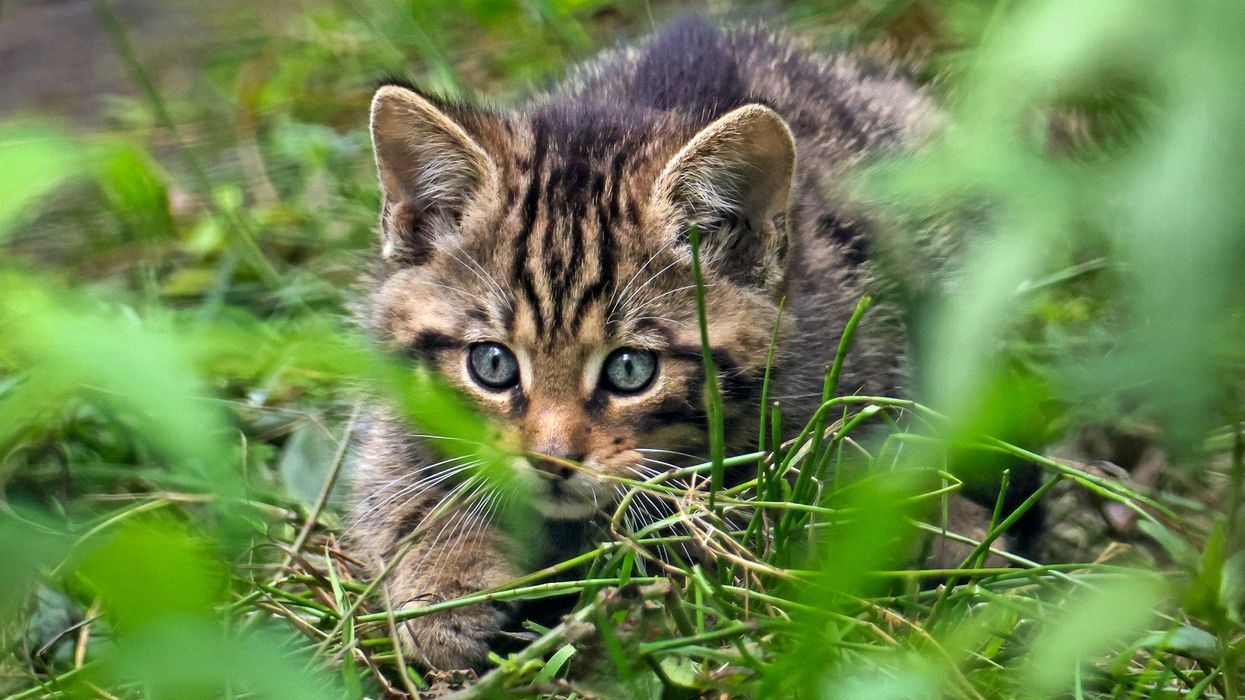
The adorable felines' natural distribution has plummeted - sparking a push to bring them back
| PACharities lamented the pair's untimely deaths - but have vowed the fight to repopulate the Highlands will continue
Don't Miss
Most Read
Two wildcats born in captivity have died following their release into the wild, a conservation charity has said.
The pair, released into Scotland's Cairngorms National Park, died shortly after their release - with one named Midge hit by a vehicle at night on a minor road.
Despite the wildcat's untimely demise, it appeared she had been eating well before her death - with investigators discovering she had a stomach full of voles and mice.
However, the second, a female named Oats, died of starvation after moving into an area unlikely to have a high food supply.
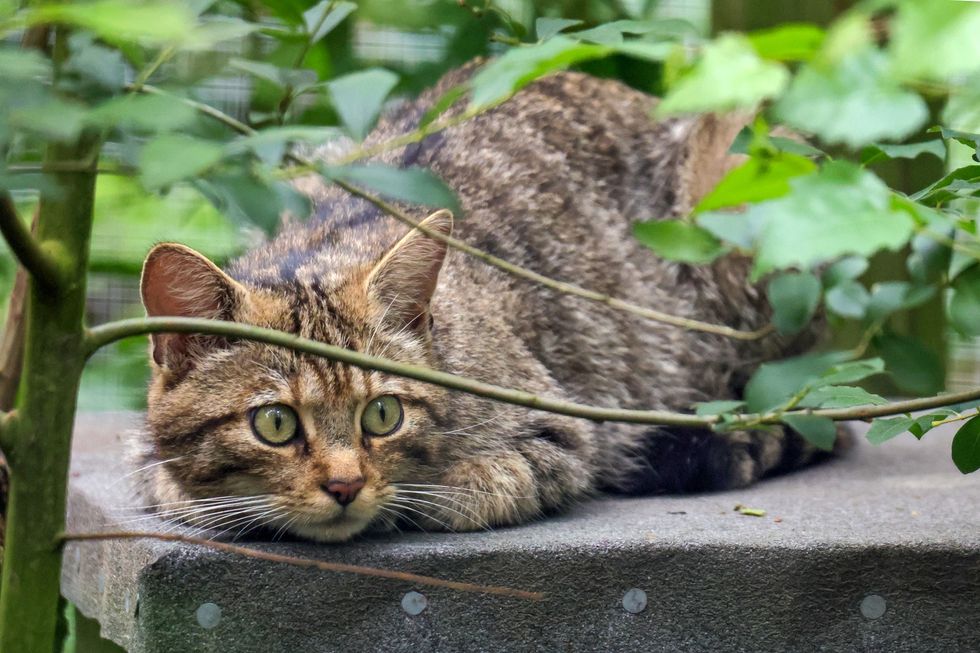
Charities have vowed the fight to repopulate the Highlands will continue
|PA
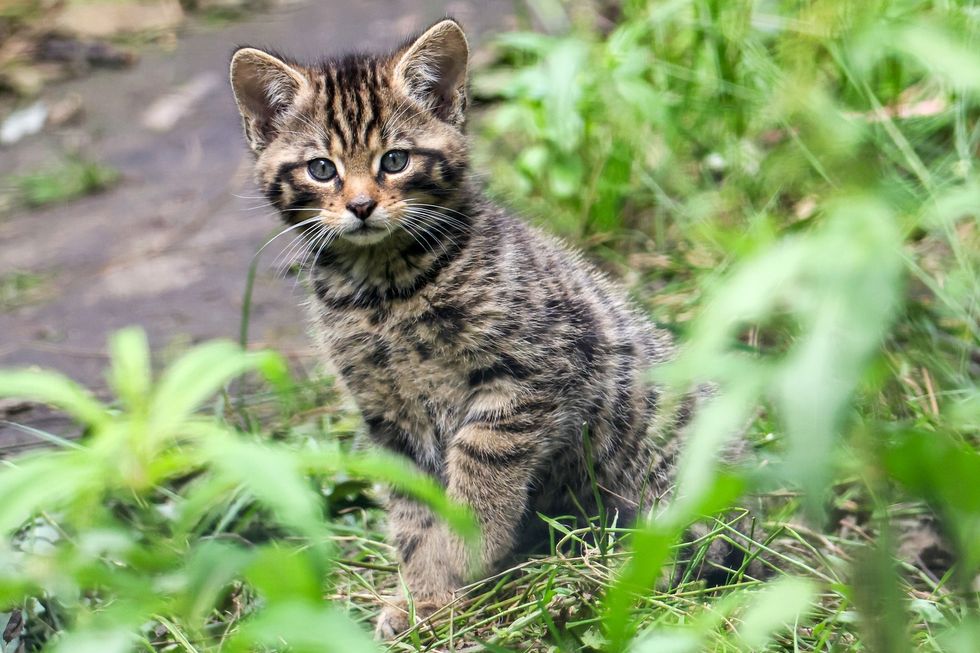
Dr Helen Senn said the loss of the pair was particularly saddening to the people who worked with them
|PA
A total of nine wildcats were released into Cairngorms this summer, following the release of 19 last year in a project working to restore Scotland’s population of critically endangered wildcats - dubbed the "Highland Tiger" - by breeding and releasing them into the wild and mitigating threats to the species.
The Saving Wildcats partnership, led by the Royal Zoological Society of Scotland (RZSS), said that the releases this year were “significantly more challenging” than last summer due to an unfortunate mix of bad weather and lowered availability of voles as a food source.
MORE NATURE NEWS:
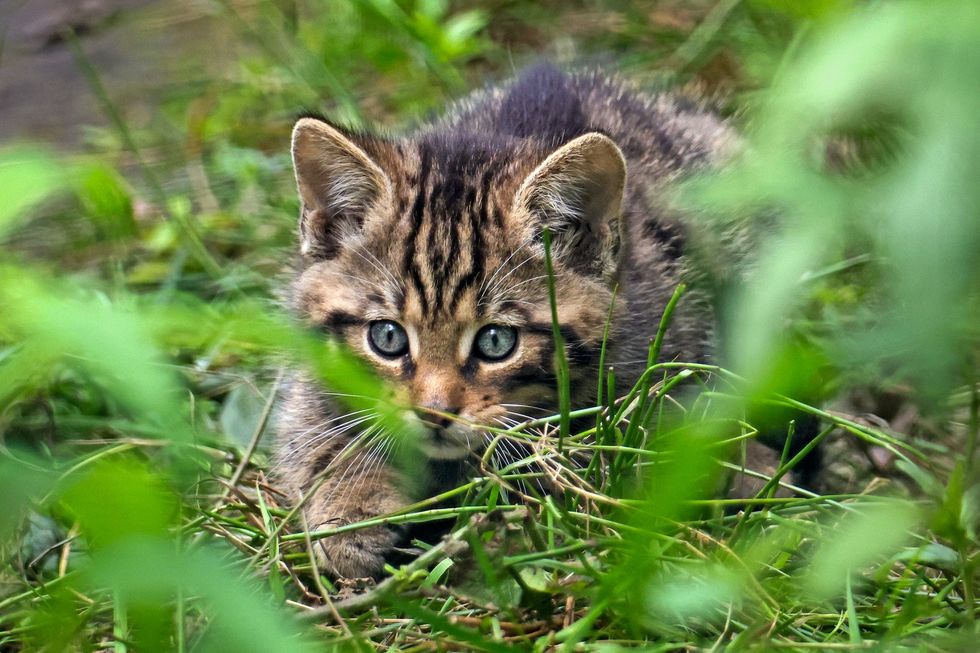
The adorable felines' natural distribution has plummeted
|PA
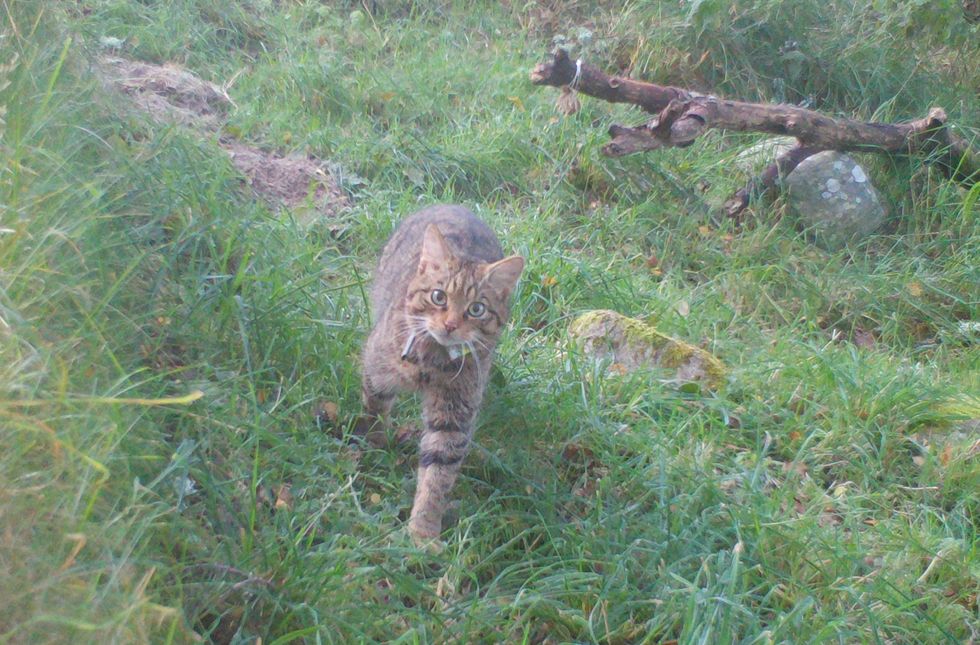
The cats' population has declined drastically since the turn of the 20th Century
|PA
Dr Helen Senn, project lead at Saving Wildcats, said: “Although we prepare the wildcats for release in the best way possible, life in the wild is incredibly challenging for all animals.
“Immediately after release, they are particularly vulnerable as they learn to adapt to their new life in the wild, to locate themselves in their environment, to learn about threats, and to become efficient hunters.
“Nobody is more saddened by the loss of these animals than the people working with them, because a lot of care is put into providing each released animal with the best chance possible.”
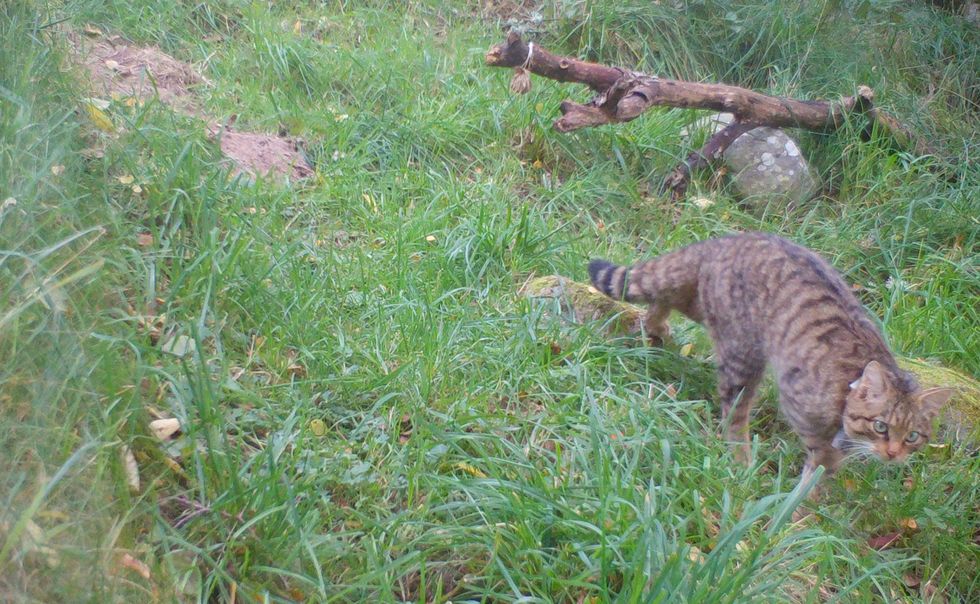
The Saving Wildcats partnership said that the releases this year were “significantly more challenging” than last summer
|PA
She added: “Despite these sad losses, there’s still a lot to celebrate: the survival rate of the wildcats released last year has been much higher than anticipated, and wild births have also increased wildcat numbers in the area.”
Dr Senn said: “Every release, however successful, increases our knowledge.
“It is our responsibility to make use of this knowledge, so that subsequent releases have a better chance of succeeding than the ones preceding them.”










